Championing cash transfers as a default solution to ending extreme poverty and vulnerability
At GiveDirectly, we believe that people living in poverty deserve the dignity to decide for themselves how best to improve their lives. That’s why we’re not only delivering cash directly to millions, but also working to shift donor mindsets and government policies to do the same.
Traditional aid often funds goods or services chosen by external actors. But evidence overwhelmingly shows that direct cash transfers are among the most effective, efficient, and empowering ways to reduce poverty. And yet, only a small fraction of global aid is currently delivered as cash.
To scale cash transfers and reach hundreds of millions more, we need governments and major donors to rethink how aid is delivered. That means replacing assumptions, outdated models, and complex supply chains with a simple and proven solution: giving people money.
We work with governments, multilaterals, civil society, and philanthropic leaders to normalize cash transfers as a default tool in poverty alleviation and humanitarian relief.
To achieve this, we’re focused on the following key policy priorities:
- Shift more foreign aid to direct cash transfers amid budget cuts →
- Make large cash transfers a core solution to ending poverty globally →
- Make large cash transfers a core solution to ending poverty in the U.S. →
- Make direct cash transfers a default for more effective humanitarian response →
- Drive the use of large cash transfers to support refugee and IDP self-reliance →
- Direct climate finance as cash transfers to communities most affected by climate change →
Shift more foreign aid to direct cash transfers amid budget cuts
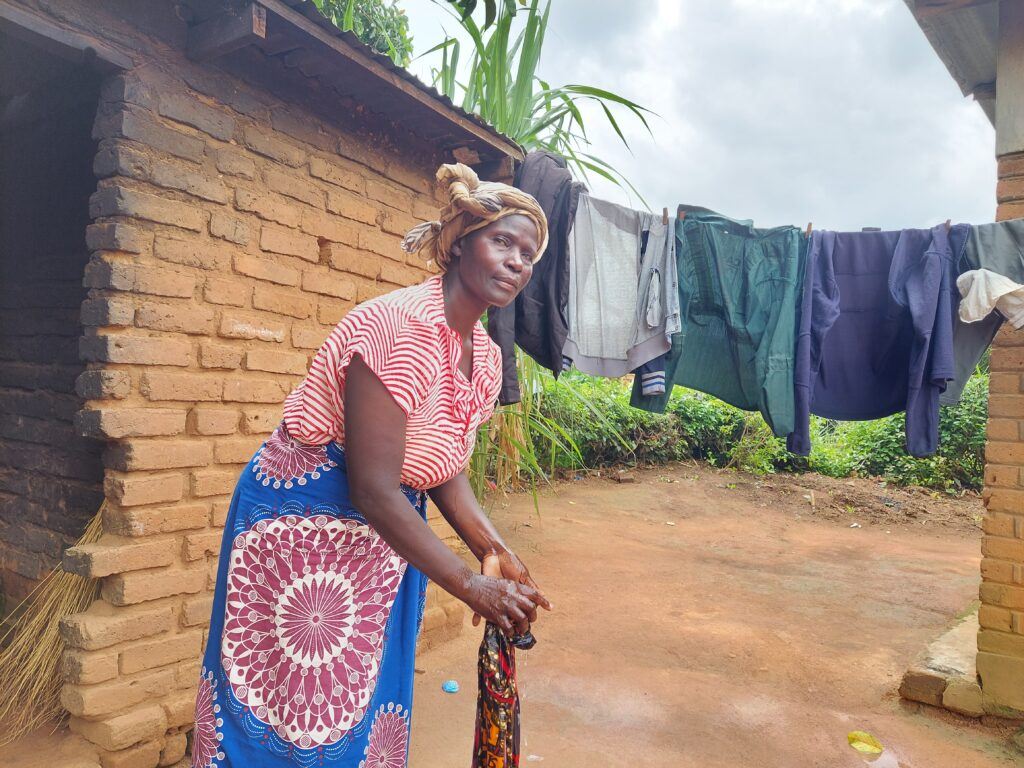
Success Looks Like:
Donor governments and major philanthropies materially increasing funding for direct, digital cash transfers as a cost-effective, high-impact solution to reduce poverty and respond to crises.
Why It Matters:
In an era of deep aid cuts, getting more value from every dollar is essential. Cash transfers put money directly into the hands of those who need it, leading to better outcomes, greater dignity, and high cost-effectiveness, all while driving local economic growth.
What We’re Doing:
- Advocating with the United States Congress and the State Department to position cash as a bipartisan, cost-effective tool in foreign assistance.
- Campaigning for cash to become a default, not just a benchmark, in foreign aid programs.
- Supporting reforms in the humanitarian system that elevate cash, reinforcing calls from the UN Emergency Relief Coordinator.
- Leveraging our role in coalitions like MFAN, InterAction and Unlock Aid to grow the global cash movement.
- Influencing donor policy positions. For example, in October 2024, USAID released two position papers that recognized direct cash as a cost-effective tool to reduce poverty and called for agency-wide standards of cost-effectiveness. GiveDirectly played a pivotal role, with three of the four studies cited were based on our programs or research. Read more →
Resources:
Make large cash transfers a core solution to ending extreme poverty globally
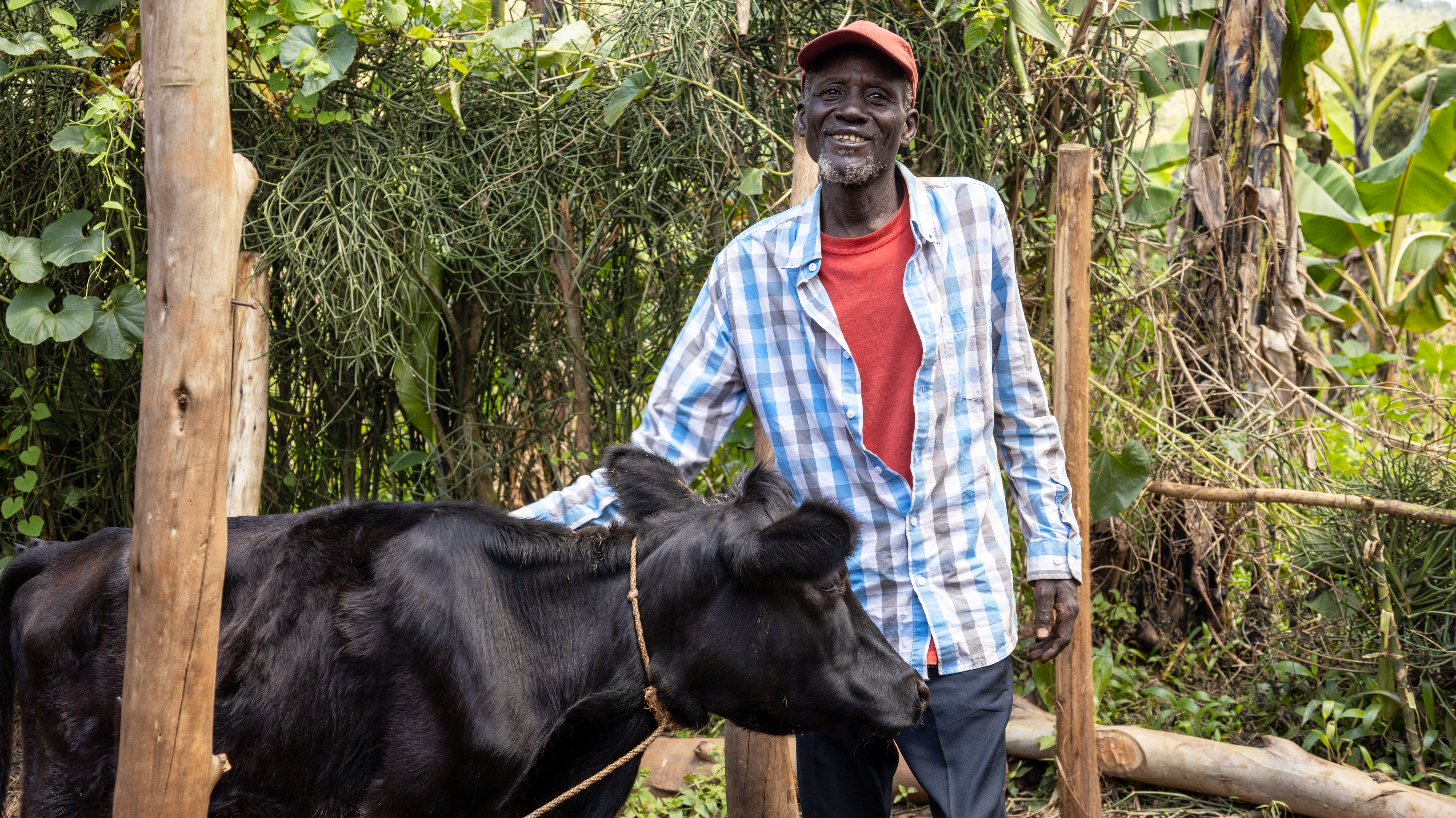
Success Looks Like:
National governments and donors prioritizing large cash transfers as a key solution to reducing extreme poverty, making them a go-to intervention in achieving the UN’s Sustainable Development Goal #1: No Poverty.
Why It Matters:
Cash empowers people living in extreme poverty to meet their most urgent needs with dignity, flexibility, and autonomy. Compared to traditional aid programs, large cash transfers have been shown to deliver faster, more cost-effective, and longer-lasting impact across livelihoods, health, resilience, and more.
What We’re Doing:
- Generating robust evidence through impact evaluations and cost-effectiveness analyses – piloting and testing new program designs that could deliver more impact per dollar, in partnership with governments and other NGOs.
- Advocating for governments and donors to adopt large cash transfers as a scalable, proven, and cost-effective tool for helping people build livelihoods and escape poverty quickly and sustainably – reducing long-term reliance on social safety nets in the process.
- Partnering directly with governments to turn evidence into action:
- In Rwanda, we are a key partner in the government’s National Strategy for Sustainable Graduation.
- In Malawi, we’re testing new approaches to targeting shock-responsive social protection, with the goal of embedding them in national systems.
Resources:
- 📝 From proven to fit-for-purpose: what we’re doing next with cash
- 💡 GiveWell’s 2024 assessment of GiveDirectly’s cost-effectiveness
- 📝 GiveDirectly’s large lump sum cash transfers and graduation
- 📝 Early findings from the world’s largest UBI study
- 📝 How GiveDirectly works with governments
- 🎥 Large lump sums vs. flow payments
Make large cash transfers a core solution to ending poverty in the U.S.

Success Looks Like:
Federal and state governments embedding cash transfers as an accessible and equitable pillar of the U.S. safety net, supported by long-term, large-scale public investment in these programs.
Why it Matters:
The U.S. spends over $750 billion annually on social protection, yet has one of the highest poverty rates among high-income countries. Much of this funding flows through complex, inefficient programs that exclude more than a quarter of Americans living in deep poverty. Many programs are restrictive, limiting families’ ability to meet their needs flexibly and with dignity. Unconditional cash transfers offer a more effective, efficient, and empowering alternative.
What We’re Doing
- Implementing large-scale cash transfer programs across the U.S. to demonstrate cash’s effectiveness to policymakers. Examples include:
- Launched the largest donor-funded cash aid program in U.S. history (Project 100) at the onset of COVID-19.
- Ran equitable and accessible large government aid programs with the City of Chicago and Cook County, IL.
- Delivered tens of millions in cash aid to U.S. disaster victims remotely by pre-verifying their eligibility, reducing recipient burden and response time.
- Disbursing $30.1 million in Michigan state TANF dollars directly to pregnant women and infants in the state’s poorest communities, while generating actionable evidence to inform the use of the $16 billion federal TANF program.
- Equipping donors with faster, more reliable, and well-targeted delivery systems, including first-in-class targeting tools for identifying and reaching low-income Americans with minimal friction.
Resources
- 📰 The US town that pays every pregnant woman $1,500: ‘We’re not OK with our babies being born into poverty’ | The Guardian
- 🎙️ The success of Rx Kids, Flint’s infant cash prescription program
- 💡 Playbook for replicating Rx Kids: Utilizing TANF and protecting public benefits
- 📝 Federal policy shifts and the potential economic fallout for low-income families
- 📰 Can Michigan afford to pay $7,500 to the parents of all newborns? | MLive
Make direct cash transfers a default for more effective humanitarian response
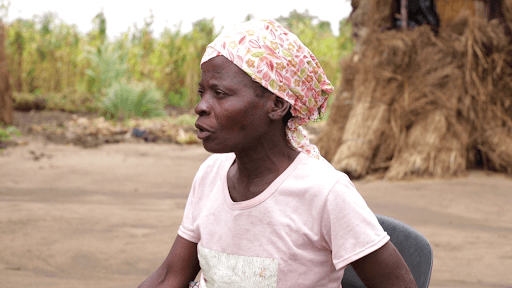
Success Looks Like:
Donors and implementers adopting cash as the default, fast, and evidence-based tool for responding to humanitarian needs and building resilience.
Why It Matters:
As humanitarian crises grow more frequent and complex, traditional aid, which is often slow, costly, and poorly aligned with people’s needs, struggles to keep up with their increasing unpredictability. Cash transfers offer a faster, more dignified, and cost-effective way to respond, empowering affected people to decide what they need most.
What We’re Doing:
- Partnering with global thought leaders to advocate for cash transfers as a core response tool, not just for emergency relief, but also for recovery and long-term resilience.
- Spotlighting our Anticipatory Action work, which leverages technology and data to deliver aid before crises escalate.
- Transforming disaster response by getting cash to survivors within days, not weeks or months.
Resources:
- 📝 ODI Policy Brief: Make aid go further – Give cash first in crises
- 📝 How AI helped send cash just before floods hit in Nigeria
- 📝 Improving our ability to give cash after the next global emergency
- 📝 Why too few disaster survivors get cash aid and what we can do about it
- 📰 GiveDirectly is giving cash to L.A. fire victims, no questions asked | Heatmap
- 🎙️ Nick Allardice on using AI to optimize cash transfers and predict disasters
- 🎙️ A look inside Google’s flood predictions that beat Nigeria’s peak floods
Drive the use of large cash transfers to support refugee and IDP self-reliance
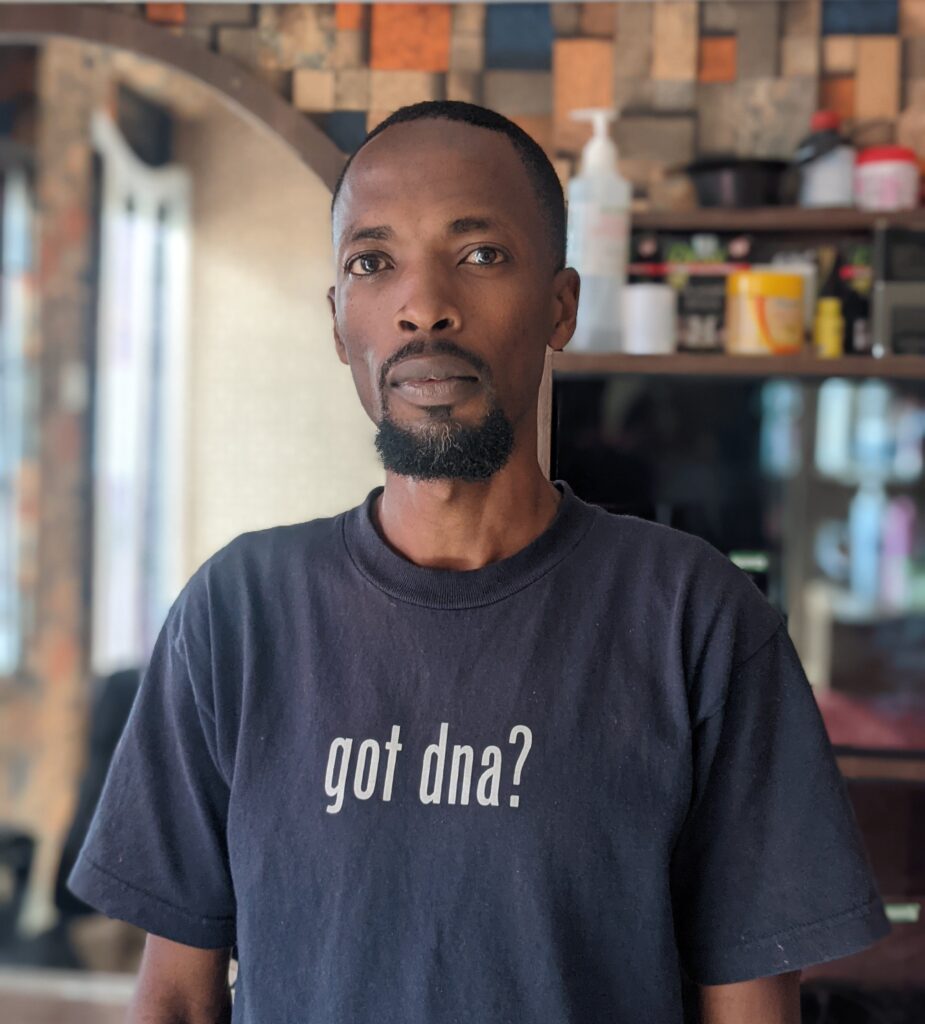
Success Looks Like:
Donors and policymakers prioritizing large cash transfers as an evidence-backed tool to help refugees and internally displaced people (IDPs) build self-reliance.
Why it Matters:
Responses to refugee and IDP needs are severely underfunded, a gap worsened by recent aid cuts. At the same time, there’s growing recognition that long-term, scalable solutions are needed. Large cash transfers, still underused, offer a flexible, dignified, and proven way to help people rebuild their lives, reduce dependency, and strengthen local economies and social cohesion.
What We’re Doing
- Building and sharing rigorous evidence from our Refugee program to mobilize policy action. Examples include:
- Advocating for the inclusion of large cash transfers in national refugee policies in countries like Uganda and Kenya.
- Influencing policies that allow refugees to use cash effectively, such as access to financial services and business permits.
Resources
Direct climate finance as cash transfers to communities most affected by climate change
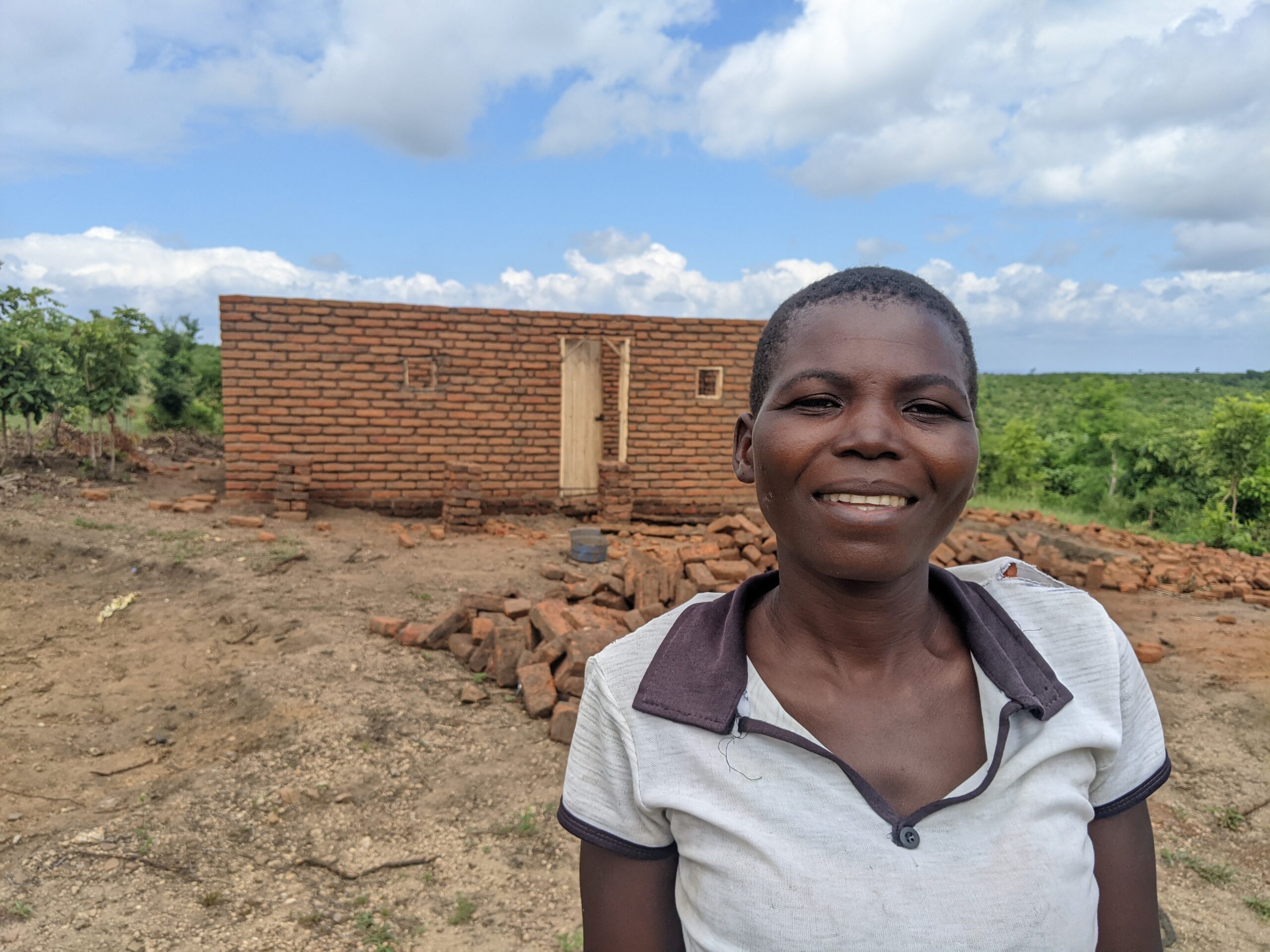
Success Looks Like:
Donors and climate finance institutions significantly increasing the share of global climate funding delivered as large cash transfers to frontline communities most affected by climate change, across adaptation, loss and damage and conservation efforts.
Why It Matters:
People living in poverty are hit hardest by climate change, yet they contribute the least to it and receive the smallest share of climate finance. Helping them cope and adapt must be a core priority. Large cash transfers are a proven tool to reduce the impact of shocks, build resilience, and address loss & damage. Cash can also play a vital role in overcoming financial barriers to conservation and nature outcomes.
What We’re Doing:
- Making the case for cash as a tool for addressing loss & damage, including the publication of Principles based on our pioneering Malawi case study.
- Positioning ourselves as a provider of technical assistance on loss & damage to governments, through our membership of the Santiago Network.
- Positioning large cash transfers as central to locally-led adaptation and advocating for their widespread adoption drawing on our experience delivering large-scale programs across climate-vulnerable regions.
- Building evidence and shaping global policy on the role of cash in achieving conservation and biodiversity goals, including co-leading a global working group advancing this agenda.
Resources:
- 📝 Cash for loss and damage case study
- 📝 Direct cash transfers to address loss and damage: principles for effective response
- 📝 Cash transfers for adaptation & resilience building
- 📝 What if conservation started with trust?
- 🎥 Solution to climate loss & damage? Give cash
Grow the cash movement with us!
This work can’t be done alone. We invite policymakers, donors, researchers, and advocates to collaborate with us in building a future where aid starts with trust—and starts with cash.
- 💝 Donate to send cash directly to people living in extreme poverty.
- 📩 Get in touch with our Policy & Advocacy team by filling out the form below.

